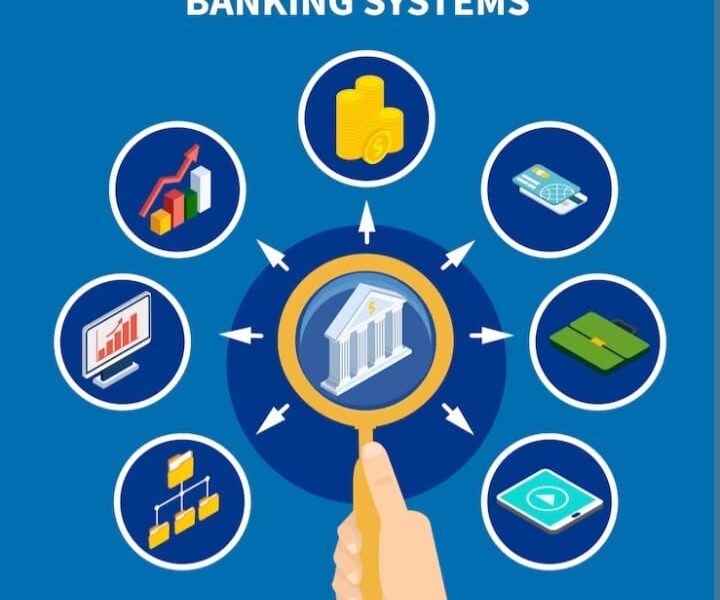Welcome to the official blog of the Law Offices of Kr. Vivek Tanwar Advocate and Associates, where we are dedicated to providing litigation support services for matters related to cheque bounce and payment and settlement system act . In today’s blog post, we aim to shed light on the prevailing issues surrounding cyber crime, the legal framework in place for their protection, and the steps we can take as a society to combat these acts. Join us as we explore this critical subject and empower you with the knowledge to protect your rights and safety.
The banking system in India has a rich and complex history that has evolved over several centuries. Here is an overview of the key milestones and developments in the evolution of the banking system in India:
- Ancient and Medieval Period:
- The concept of banking in India dates back to ancient times when money lending and borrowing activities were prevalent.
- Temples and religious institutions often acted as the custodians of wealth and provided banking services.
- During the medieval period, indigenous banking systems such as “hundis” (a type of promissory note) were widely used for trade and finance.
- Colonial Period:
- The modern banking system in India can be traced back to the colonial era when European banks started establishing their presence.
- The Bank of Bengal (1809), the Bank of Bombay (1840), and the Bank of Madras (1843) were among the first European banks to be established in India. They later merged to form the Imperial Bank of India in 1921.
- The Reserve Bank of India (RBI) was established in 1935 as the central bank of India, which played a crucial role in regulating and supervising the banking system.
- Post-Independence Era:
- After gaining independence in 1947, India embarked on a path of economic development and banking sector reform.
- In 1955, the Imperial Bank of India was nationalized and became the State Bank of India (SBI), which became the largest commercial bank in the country.
- Subsequently, a series of nationalizations took place, leading to the creation of several public sector banks in the 1960s and 1980s.
- Liberalization and Globalization:
- In 1991, India initiated economic reforms that liberalized various sectors, including banking.
- Private sector banks and foreign banks were allowed to enter the Indian market, leading to increased competition and innovation in the banking sector.
- The National Stock Exchange (NSE) and the National Securities Depository Limited (NSDL) were established to modernize the securities market.
- Technological Advancements:
- The introduction of computerization and technology in banking operations revolutionized the sector.
- Electronic fund transfers, internet banking, mobile banking, and ATM networks became widespread, enhancing customer convenience and efficiency.
- Regulatory Changes:
- The RBI introduced prudential norms, capital adequacy requirements, and risk management guidelines to ensure the stability of the banking system.
- The Banking Regulation Act of 1949 was amended several times to accommodate changes in the banking landscape.
- Recent Developments:
- The Indian government launched initiatives like the Pradhan Mantri Jan Dhan Yojana (PMJDY) to promote financial inclusion by providing access to banking services to all citizens.
- The Goods and Services Tax (GST) introduced a unified taxation system, affecting financial transactions and banking operations. We are a law firm in the name and style of Law Offices of Kr. Vivek Tanwar Advocate and Associates at Gurugram and Rewari. We are providing litigation support services for matters related to recovery of money ,cheque . bounce cases and payment of settlemet and system act.


Their global health initiatives are game-changers.
cost of lisinopril for sale
Their worldwide reputation is well-deserved.